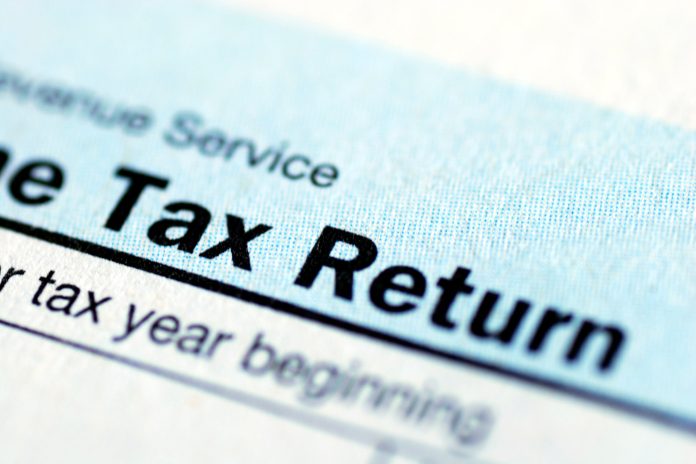Details are out on how school districts and other state, local and tribal governmental entities can tap into Inflation Reduction Act (IRA) tax incentives for purchasing green school buses and infrastructure.
Passed by Congress in 2022, IRA is the largest investment in clean energy in U.S. history delivered via tax incentives.
The IRS held a webinar Tuesday coinciding with the publishing of a final rule on elective or direct payments for certain energy credits under IRA. For the first time, this provision allows tax-exempt governmental agencies to treat eligible credits as a payment against their federal income tax liabilities rather than as a non-refundable credit.
By filing a return and using elective pay, school districts can receive tax-free cash payments from the IRS for clean energy credits earned if all requirements are met. Pre-filing online registration must be completed before a tax return is filed.
Related: IRS Elective Pay Website
For tax years that begin after Dec. 31, 2022, state and local governments, public school districts, Indian tribal governments, Alaska native corporations, and the Tennessee Valley Authority can apply for one of 12 available clean energy credits under the categories of energy generation and carbon capture, fuels, vehicles and manufacturing.
To claim and receive elective payments, the project must first be completed and placed into service. Applicable government entities must also determine the tax year, pre-file registration with the IRS after earning the underlying credit, and file a tax return by the due date or extended due date.
Eligible entities can stack grants and forgivable loans with tax credits under IRA. For investment-related credit properties funded by tax-free grants or forgivable loans from government or private sources, entities receive the same value of eligible tax credits as if the investments were financed with taxable funds, provided the credit plus the restricted tax exempt does exceed the grant itself.
The final rule also allows taxpaying entities that do not have a filing requirement to determine the tax year based upon a calendar or fiscal year, providing that adequate book and records are kept, including a reconciliation between the difference of a calendar and fiscal year.
There are several bonuses available to the elective pay tax credits. The amount is increased five times for projects that meet requirements for prevailing wages and use registered apprentices. Projects or facilities that meet domestic content requirements are eligible for a 10-percent increase to the production tax credit (PTC) or investment tax credit (ITC).
Projects located in historical energy communities, such as areas with closed coal mines or coal-fired power plants as well as to brownfield sites and areas with significant employment or local tax revenues from fossil fuels, are also eligible for a 10-percent increase to the PTC or ITC. The low-income communities bonus increases the credit by 10 or 20 percent to certain applicable credits that are a part of ITC for certain facilities located on Native American lands, federal housing projects, or serving low-income households and communities.
Meanwhile, the IRS also announced a proposed rule that would allow eligible governmental entities to apply for a tax credit on its eligible share of the applicable credit property it co-owns with a private partner in an LLC.
Related: Inflation Reduction Act Invests in Clean Energy, But Will It Reduce Inflation?
Related: Inflation Reduction Act Offers Latest School Bus Electrification Funding Opportunities
Related: Feeling Deflated By Inflation? Creative Solutions Are Needed















